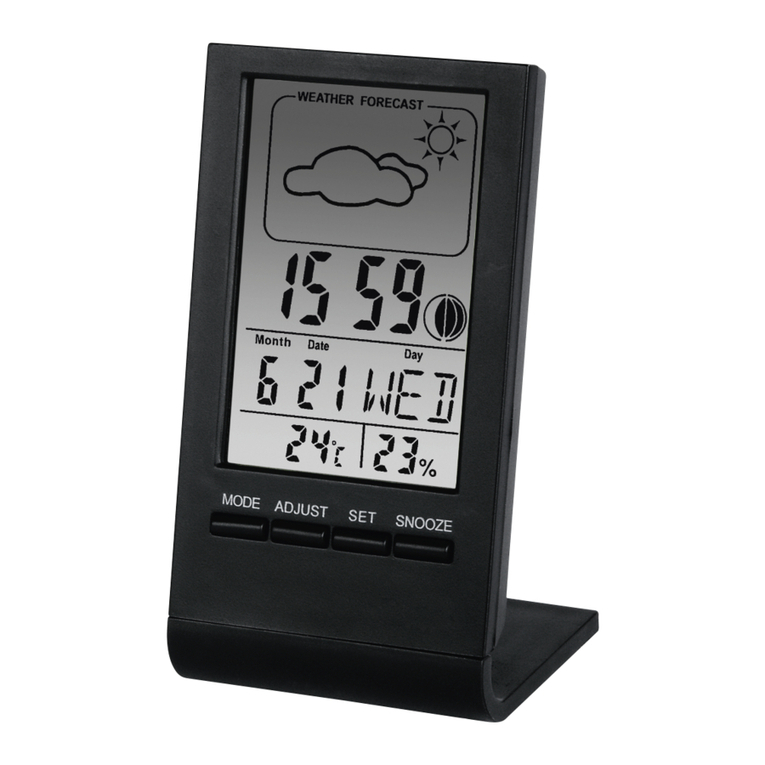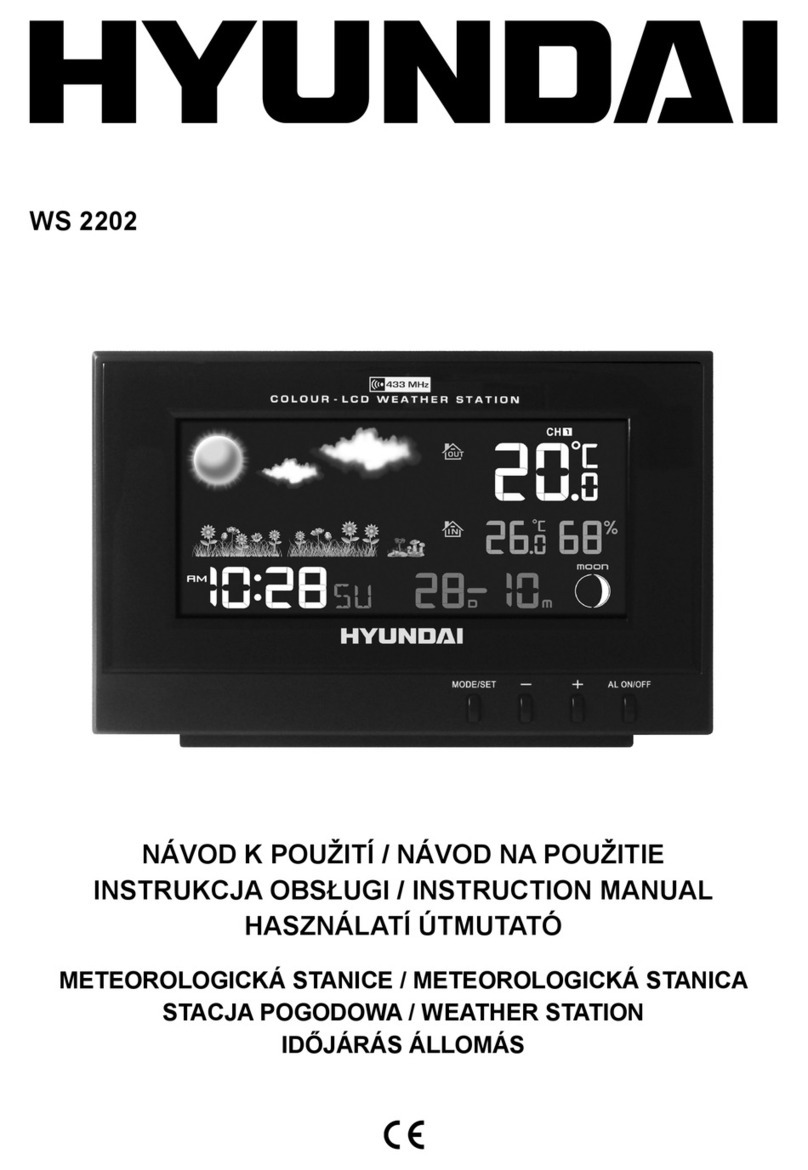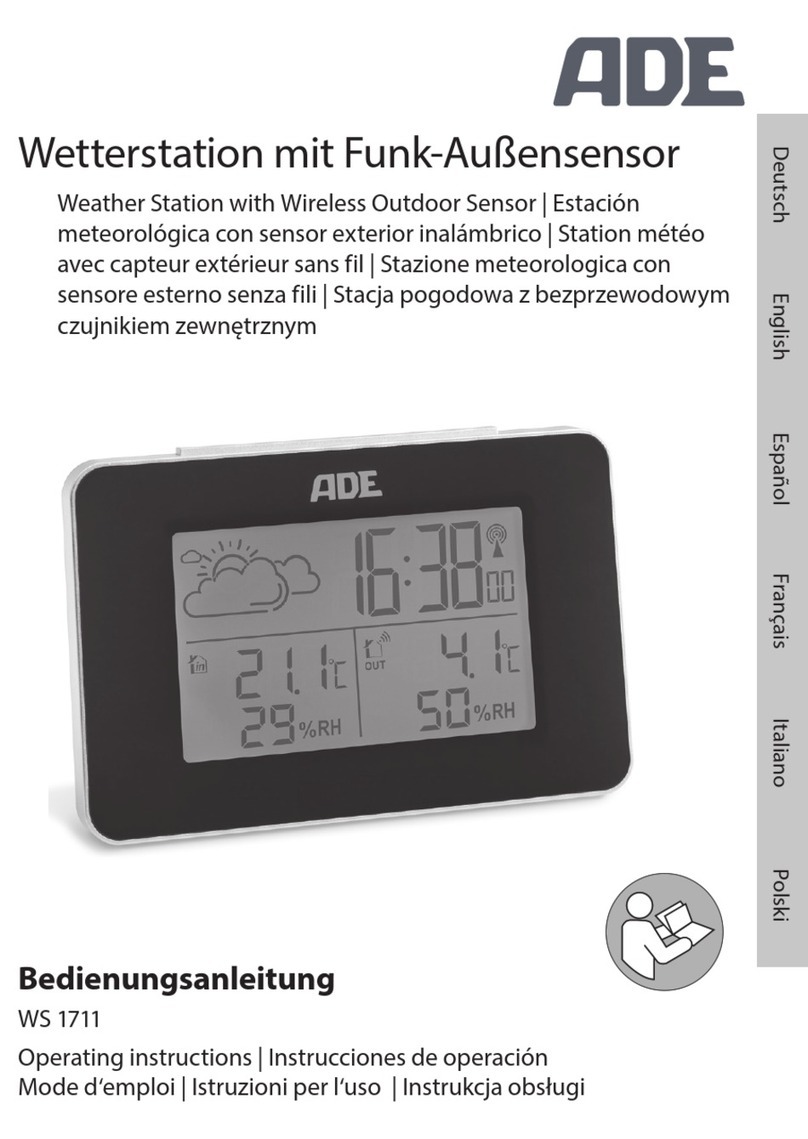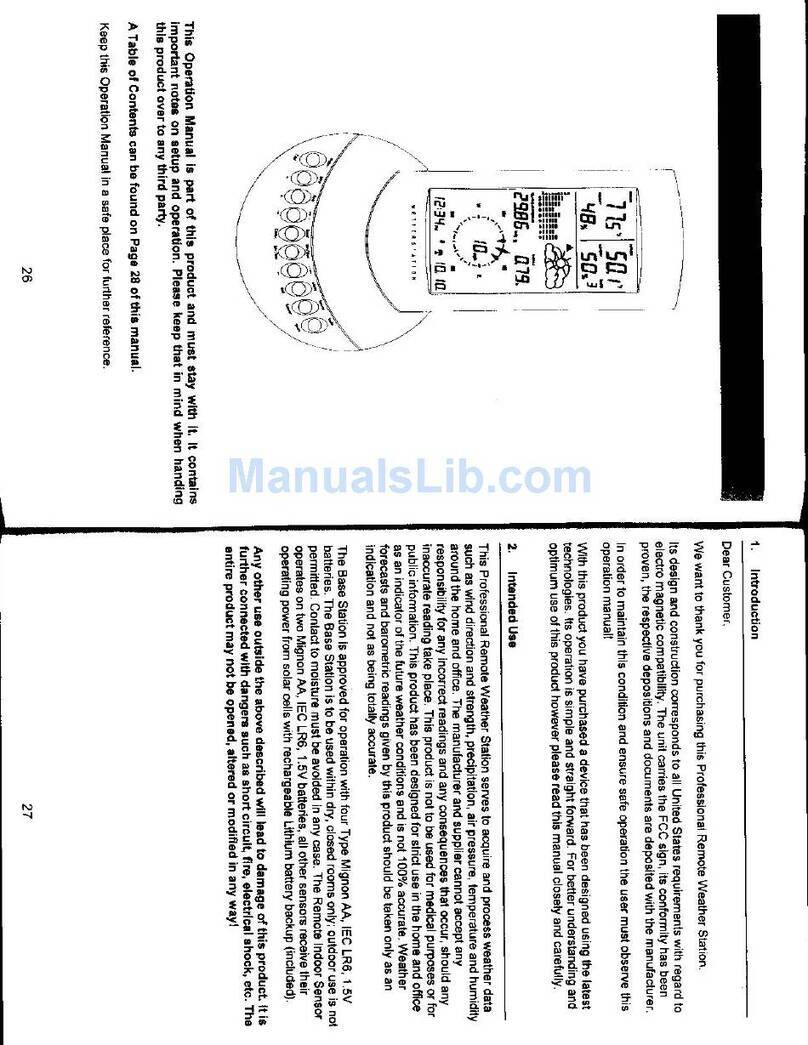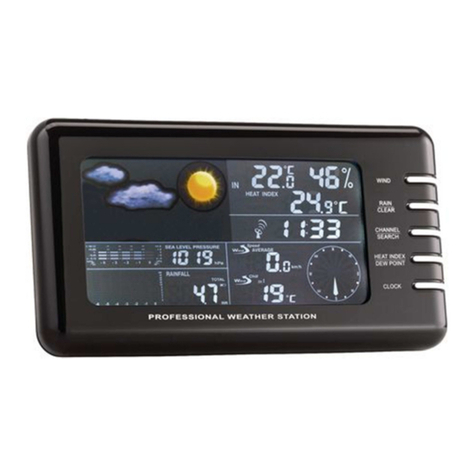Hama 00076045 "EWS-800" User manual
Other Hama Weather Station manuals
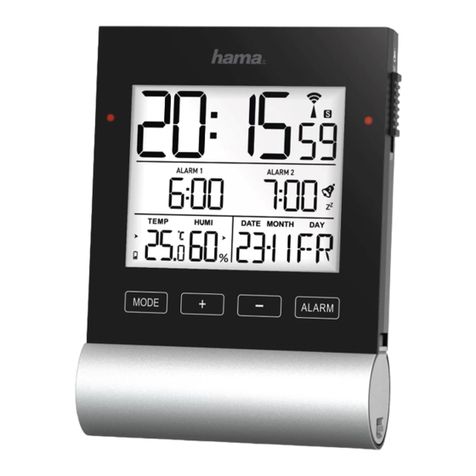
Hama
Hama Black Line User manual

Hama
Hama EWS-390 User manual

Hama
Hama EWS-2020 User manual

Hama
Hama EWS-290 User manual
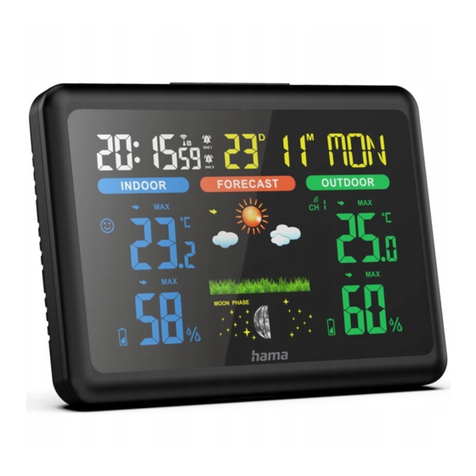
Hama
Hama Color 00185861 User manual

Hama
Hama EWS-500 User manual

Hama
Hama 00186310 User manual

Hama
Hama EWS-850 User manual
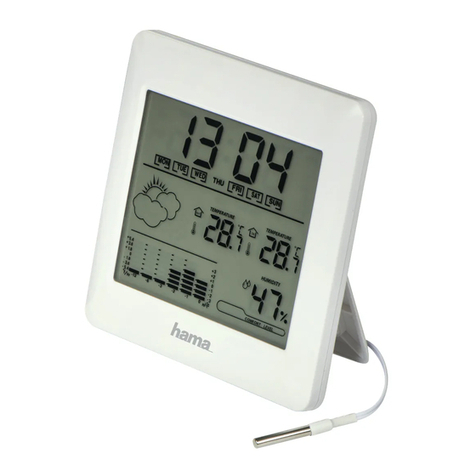
Hama
Hama EWSC-100 User manual

Hama
Hama 00092659 EWS-165 User manual

Hama
Hama 00136256 EWS-3000 User manual

Hama
Hama EWS-3100 User manual
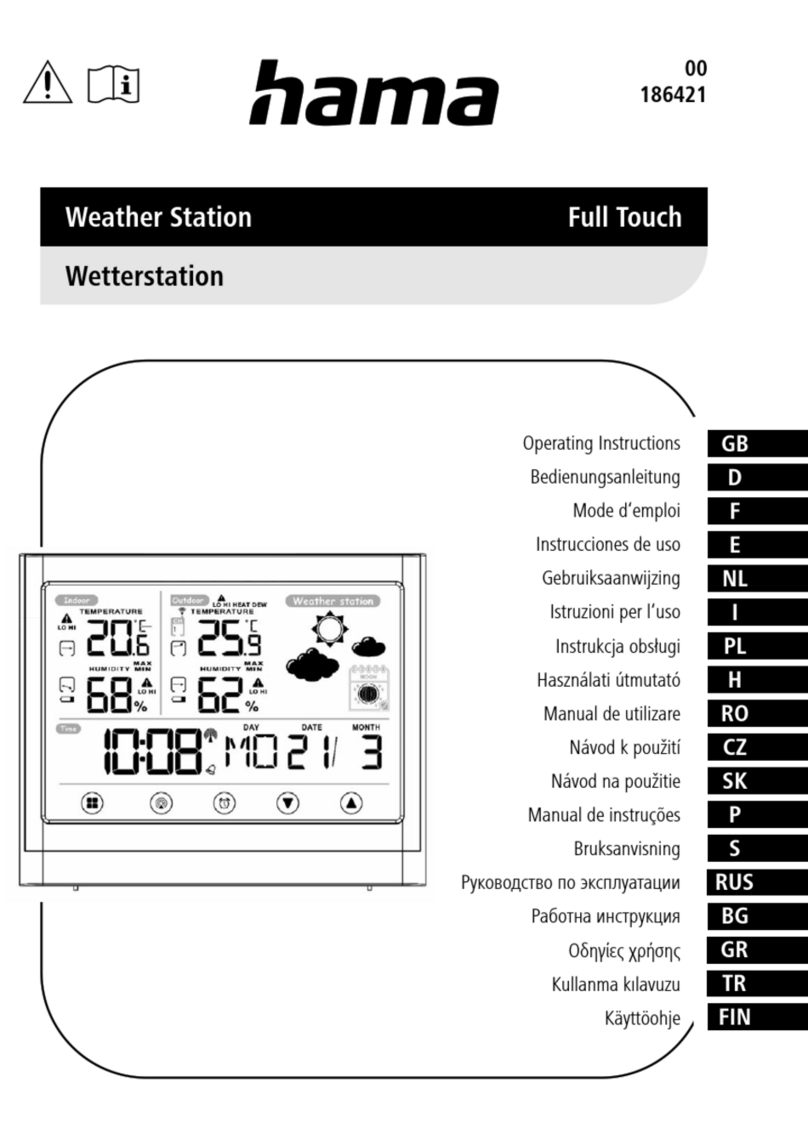
Hama
Hama 186421 User manual

Hama
Hama 00136263 EWS-3300 User manual

Hama
Hama WFC-500 User manual
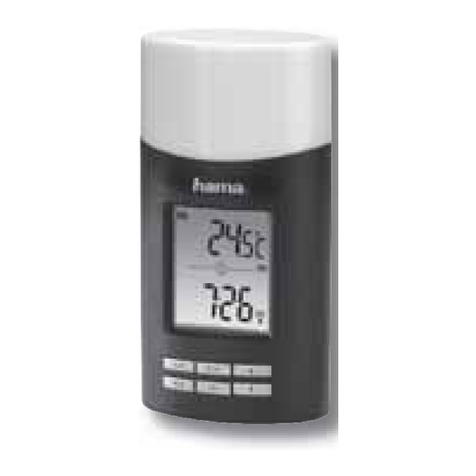
Hama
Hama Magic Color User manual

Hama
Hama EWS-152 User manual

Hama
Hama WFC820 User manual

Hama
Hama EWS-810 User manual
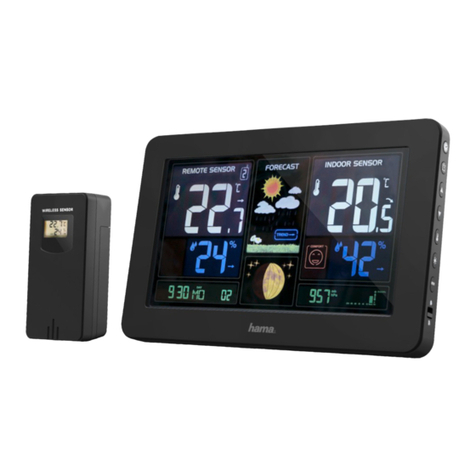
Hama
Hama Premium 00186380 User manual
Popular Weather Station manuals by other brands
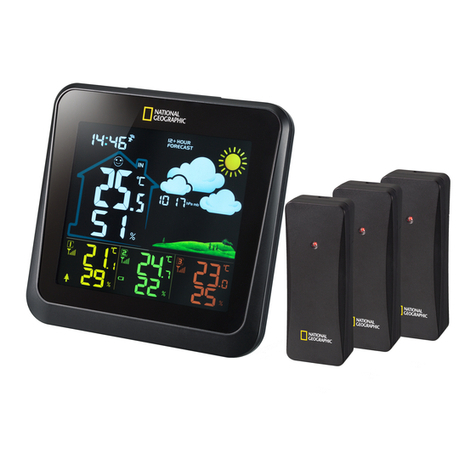
National Geographic
National Geographic VA Colour RC instruction manual
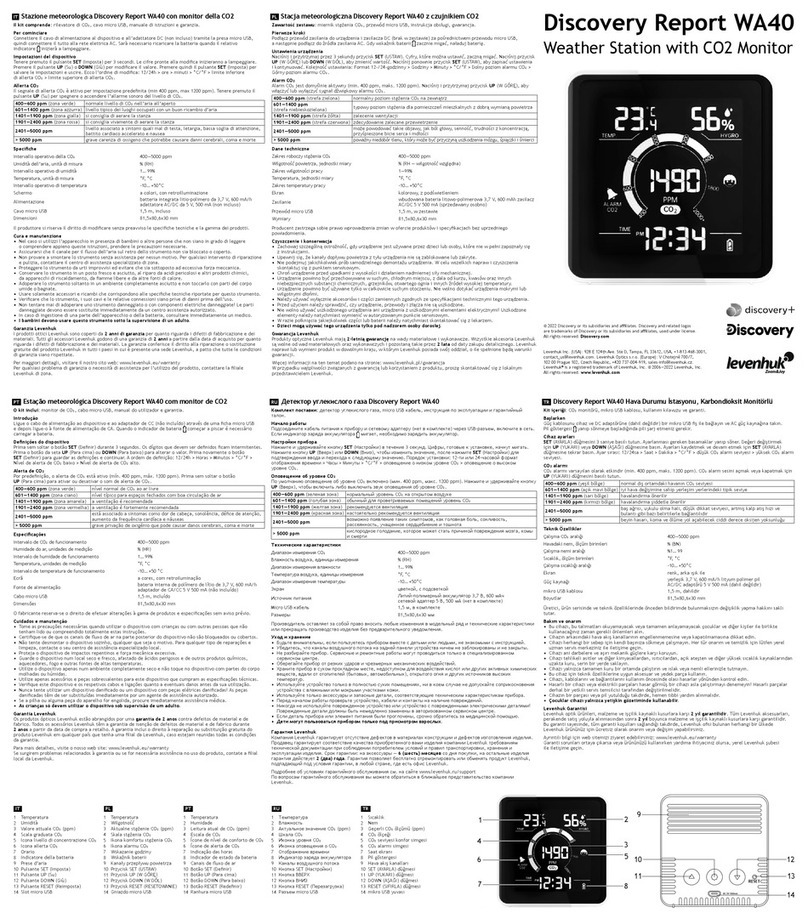
Levenhuk
Levenhuk Discovery Report WA40 quick start guide
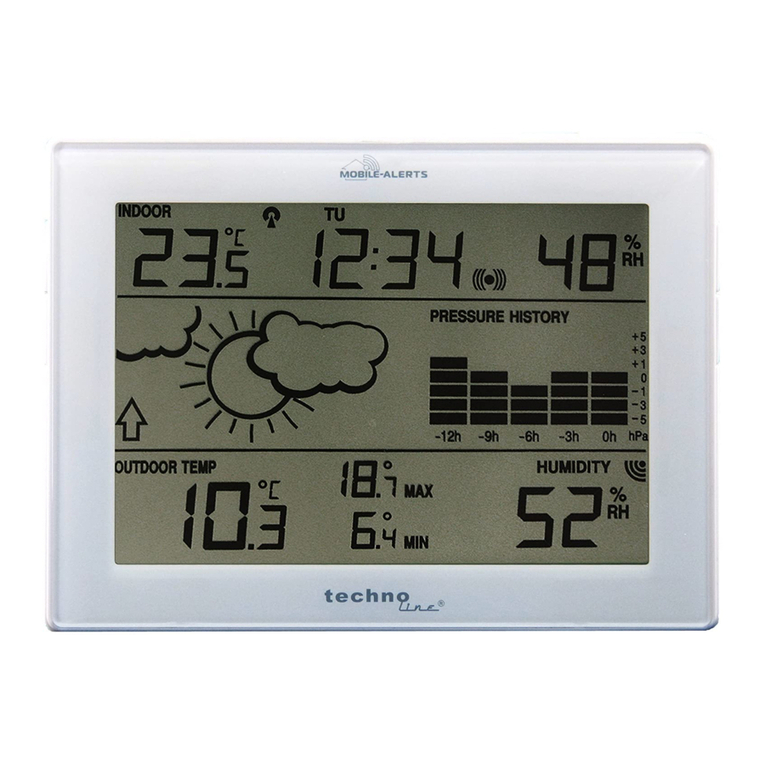
Instant Transmission
Instant Transmission MA 10410 instruction manual
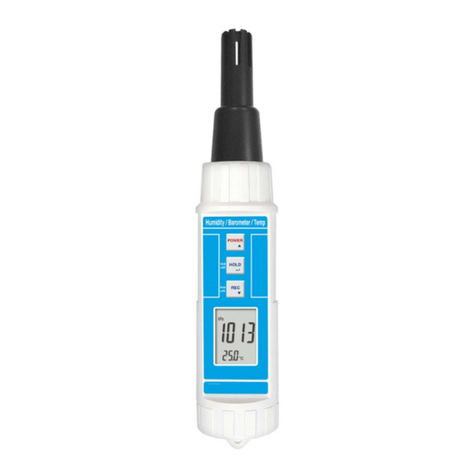
Lutron Electronics
Lutron Electronics PHB-318 Operation manual
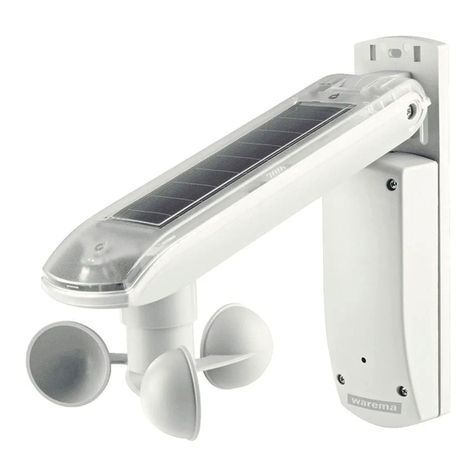
WAREMA
WAREMA EWFS Weather station eco Operating and installation instructions
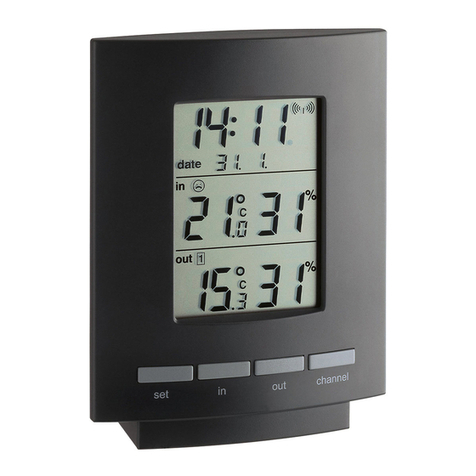
TFA
TFA 30.3013.IT instruction manual



